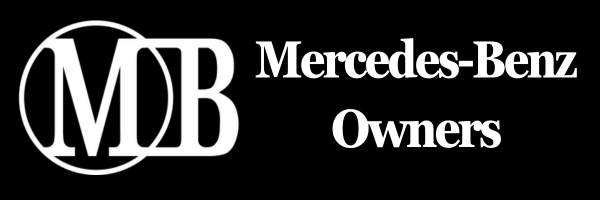psmart
Senior Member
- Joined
- Feb 7, 2006
- Messages
- 1,653
- Reaction score
- 0
The following is a guide to replacing the Turbo-Charger on the 270cdi engine found in the ML. Most of the information should be fully relevant to other 270cdi based vehicles as well as 220cdi and 320cdi (in-line 6) (cross check part numbers).
Im not a mechanic albeit I have a considerable amount of experience in removing and rebuilding engines (Skoda Estelle 1.2/1.3, Rover SD1 2.6/3.5) and many associated components of cars, such as differentials, gearboxes etc. I would call myself a competent amateur mechanic and as such the guide has been written with similar minded people. No doubt professional mechanics will know short cuts etc, so please feel free to add your comments and tips, especially if Ive got something wrong (typo, missed info etc).
This thread will be split up into many small components (according to character posting limits) and will contain a plethora of photos to aid in visualising what work is to be done.
Im not a mechanic albeit I have a considerable amount of experience in removing and rebuilding engines (Skoda Estelle 1.2/1.3, Rover SD1 2.6/3.5) and many associated components of cars, such as differentials, gearboxes etc. I would call myself a competent amateur mechanic and as such the guide has been written with similar minded people. No doubt professional mechanics will know short cuts etc, so please feel free to add your comments and tips, especially if Ive got something wrong (typo, missed info etc).
This thread will be split up into many small components (according to character posting limits) and will contain a plethora of photos to aid in visualising what work is to be done.































